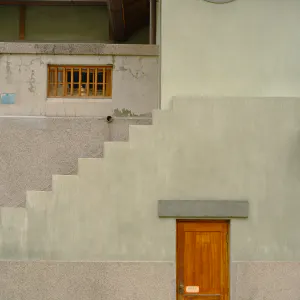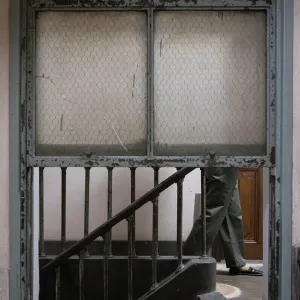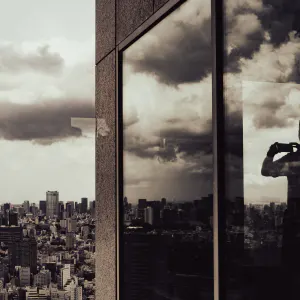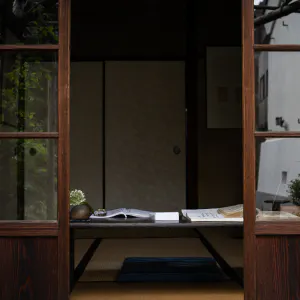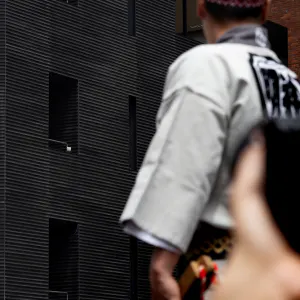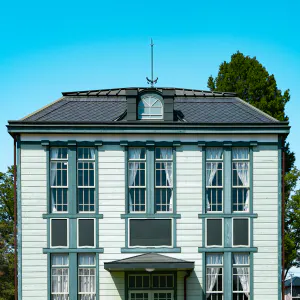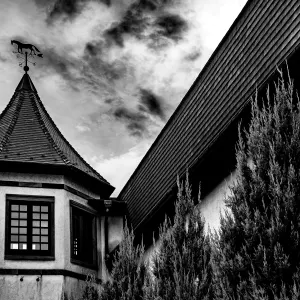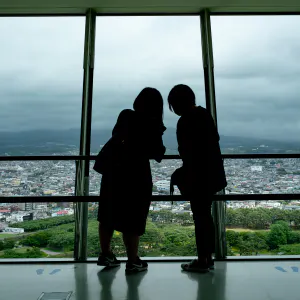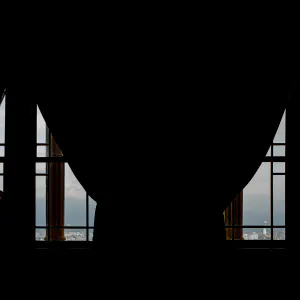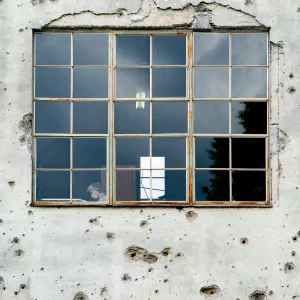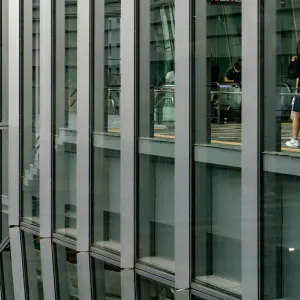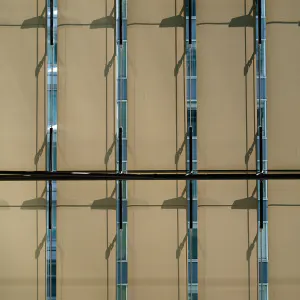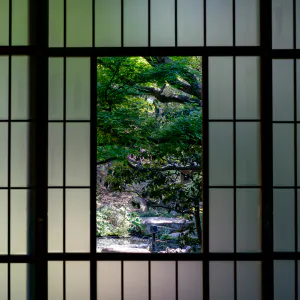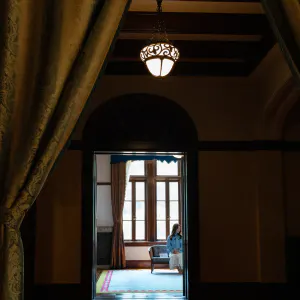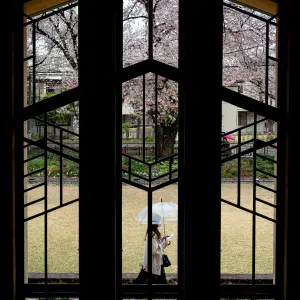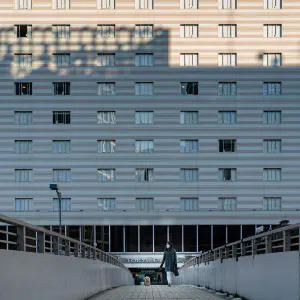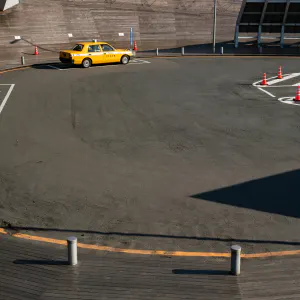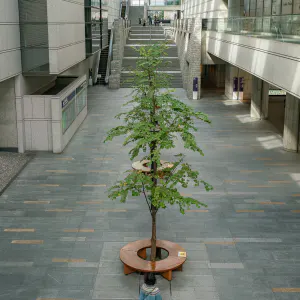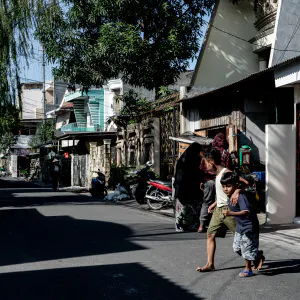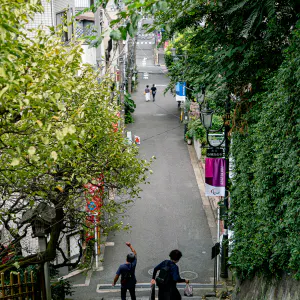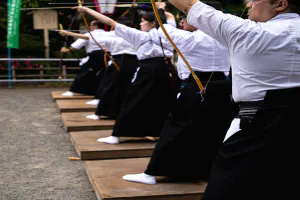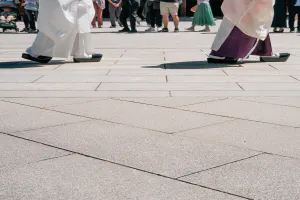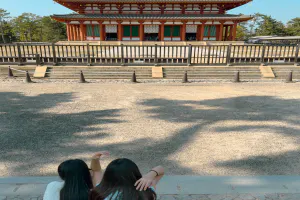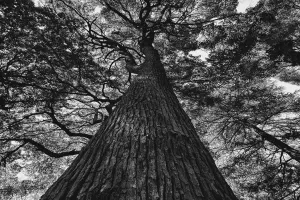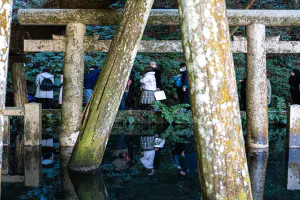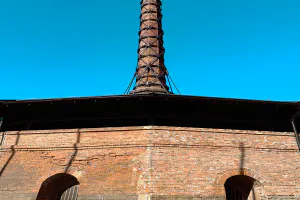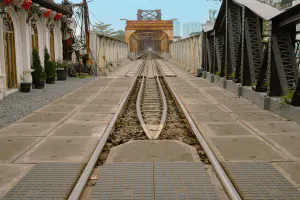The windows of the Minato City Center for Traditional Culture, once a geisha call office, are decorated in a chic manner
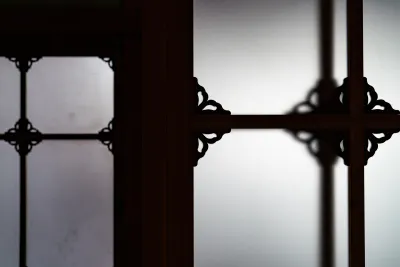
Not far from Zakoba, the setting of the rakugo story Shibahama, stands an old wooden building. It is the Minato City Center for Traditional Culture. It was originally built in 1936 as a geisha call office for the geisha quarter. However, it was used as a dormitory for dock workers after World War II. Although few people nowadays associate Shibaura with a geisha quarter, it was once an entertainment district. When the current Shibaura area was reclaimed between the late Meiji and Taisho eras, the geisha quarter on the north side of the current JR line was moved to Shibaura.
However, the Shibaura geisha quarter did not last long. When World War II broke out, the geisha quarters themselves were evacuated and disappeared from Shibaura. In 1944, the building became the property of Tokyo and was used as accommodation for dock workers. Although it was used for only a short period of time, the fact that it has been preserved to this day is probably due to its excellent workmanship. The elaborate design of the lattice ceiling, finely crafted window frames, and handrails of the 100-mat hall where the geisha girls practiced, convey the glamorous atmosphere of the time of its construction. The design of the window frames in the corridor was also casually stylish.
| Jan 2023 ARCHITECTURE TOKYO | |
| SHIBAURA WINDOW |
PHOTO DATA
No
12425
Shooting Date
Oct 2022
Posted On
January 9, 2023
Modified On
August 10, 2023
Place
Shibaura, Tokyo
Genre
Architectural Photography
Camera
SONY ALPHA 7R II
Lens
ZEISS BATIS 2/40 CF
